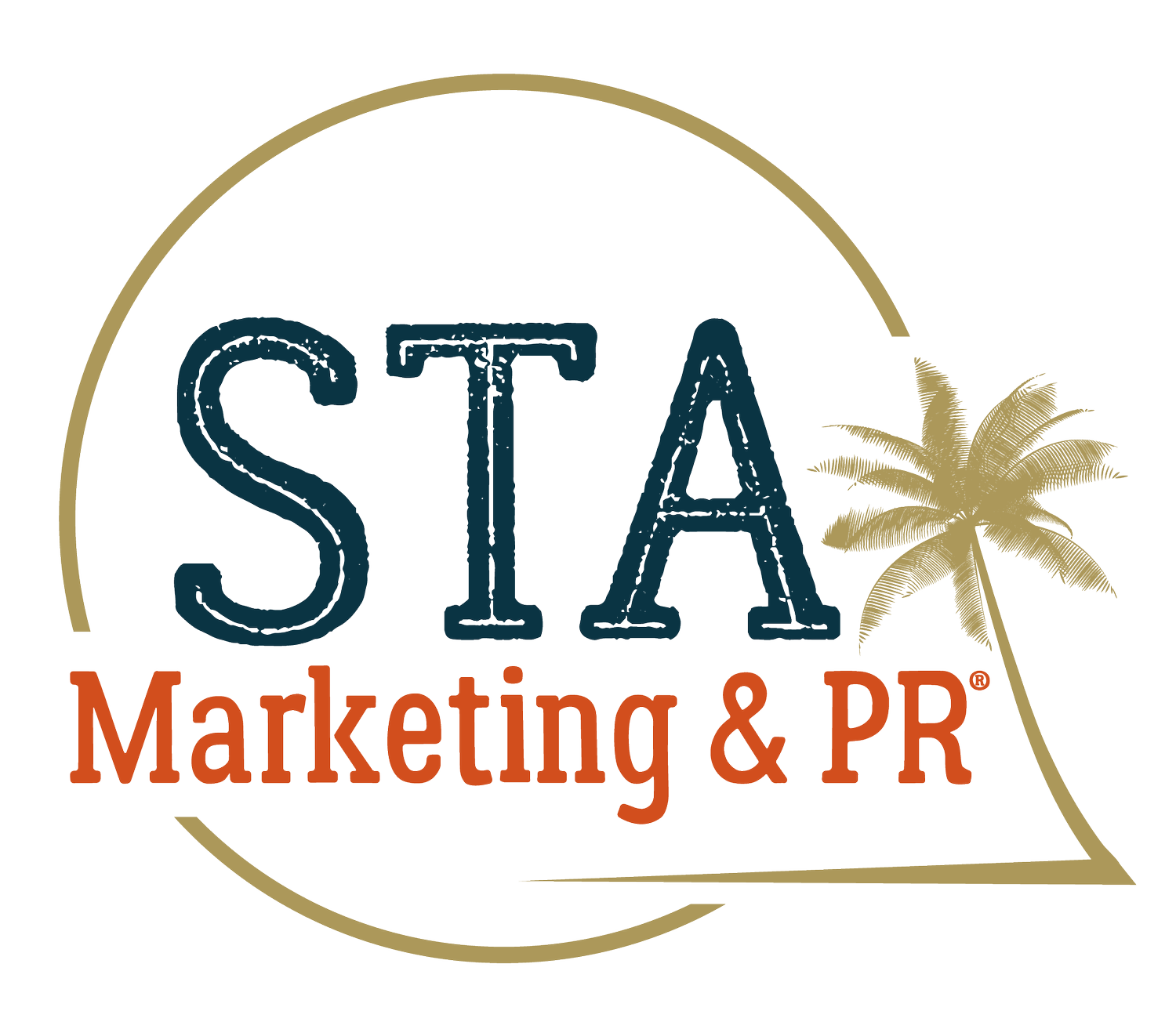How to Define your Target Audience
One of the most important tasks you’ll ever do as a business owner is to define your target audience.
We know you’re thinking, “But my products (or services) are for everyone!” Wrong.
One of the most common mistakes business owners make is to cast the net too wide in hopes of catching every creature in the sea. The result? They pull up their net empty. However, using specific bait to catch a particular fish can ultimately land you the big one.
First you have to realize that you can’t be everything to everyone. And you shouldn’t try. Did you know that when Amazon started - who may today be considered one of the few companies who are something to everyone – they sold only books. And, they only sold books online. This was from 1994 to 1998, before many businesses had websites and the internet wasn’t an online resource for everything. Online books sales was an incredibly niche market – meaning they had an extraordinarily defined audience. You have to start small and organically expand your audience as your business grows.
So how do you define your target audience? Here’s a start:
Step One: Identify the key benefit your business provides
This means that you are NOT going to tell your customers what it is you sell. At least not in so many words. Instead you explain your product in terms of the benefit your customer will gain will gain by using your product or services. This concept is probably best summarized by economist and Harvard professor Theodore Levitt who once stated, “People don’t want to buy a quarter-inch drill. They want to buy a quarter-inch hole.”
Once you have identified the key benefit, this will help you map out step two.
Step Two: Understand your ideal customer
By ideal customer, we mean the customer who is most likely to buy your product or service. Identify this customer in terms of:
Geography: where do they live or where will they use your product or service (if different)?
Demographics: what statistical data defines your potential customer?
Behavior: what are your ideal customers’ habits?
Sociographics: what are your ideal customer’s values, attitudes, friends, hobbies, passions and influences?
Step Three: Rely on evidence, not your opinion
The majority of new businesses fail because there is no market need for the product or service they provide. Many business owners make the mistake of thinking their product or service is so awesome (after all, that’s why you created it, right?) that everyone will want it. However, over 40% of the time, this isn’t the case. Be sure to gather data among your target audience that ensures your product or service is something that is needed and desired by the market.
Step Four: Assess the target audience you’ve defined
Once you have identified your target audience, take your evaluation a step further to help determine your business’s sustainability. Questions you should ask about your target audience include:
Are there enough people in your target audience to support your business?
Can your ideal customer afford your product or service?
Are your potential customers repeat customers?
Do you have the ability to reach your target audience?
If there are similar businesses in the industry, what provides you the competitive edge with your potential customers?
Clearly identifying your target audience is imperative for the long-term success of any business. Having the ability assess your potential customers objectively - and then to adjust and adapt accordingly will help you hit a homerun.
Have questions about defining or identifying your target audience? Drop us a line at info@stamarketplace.com for customized insights and recommendations.

